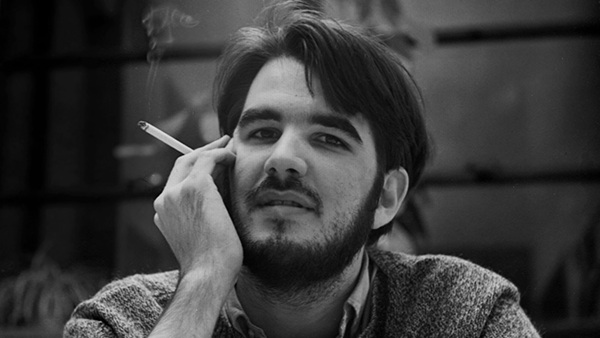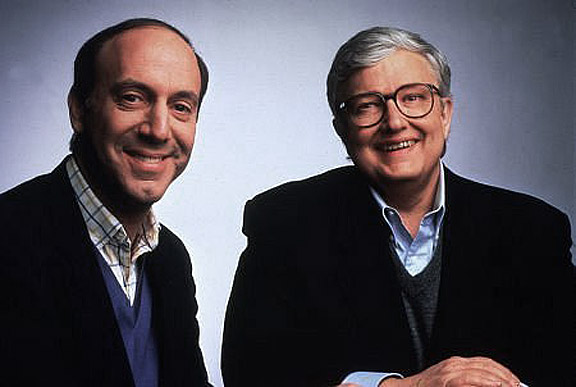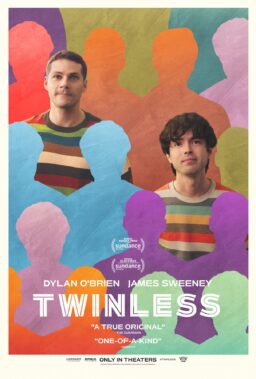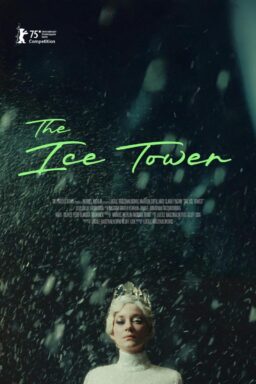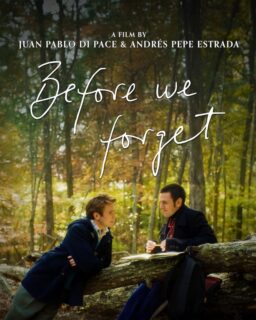The Variety headline read: “Richard Corliss, Venerable Time Film Critic, Dies at 71.” Why was this jarring? Not the news itself: that had already been broken by Corliss’s own magazine, which published a proud and affectionate eulogy for an invaluable colleague and assembled some highlights from his three-and-a-half decades’ work at 50 Rock. The fact that his age was 71? A year or so ago, his longtime friend David Thomson had teased him in print about closing in on 70, so one could do the math for oneself. No, the problem was the adjective: “venerable.” Yes, it means honored, esteemed, admired—all apt, and earned many times over. But part of the word’s etymological backstory has to do with being old, perhaps stodgy. That was never Corliss, never imaginably could be. Read him at age 21, read him at 71, read him anywhere in between, and you’re in the company of a sensibility insatiably curious, nimble as a springbok, focused as a base runner, fresh as a croissant on a sunny Cannes morning.
The obits have focused on Corliss’s writing for Time. That’s understandable. It was the main thing he’d done for the past 35 years, and he reached the greatest number of people that way—via not just his thousands of movie reviews but also countless features on film and myriad other subjects, some for international editions we domestic readers would never see. He was brilliant at it, and delightful to read even when you thought you and he had watched different movies and he was chasing off on a tangent—and a riptide of puns—he couldn’t resist. But bounteous as his contributions to Time were, Corliss’s legacy includes more than that. And arguably, his deepest and most enduring achievements predate the Time era.
In 1970, in his 26th year, Corliss was installed as editor of Film Comment magazine. He can be credited with creating the magazine—apart from the bothersome technicality that it had been around for seven years, an earnest but unthrilling journal that appeared to be aimed chiefly at instructors in what they used to call audiovisual departments. Corliss blew all that away with his first issue, transforming Film Comment into the then-quarterly, soon bimonthly counterpart of Andrew Sarris’s auteurist beachhead at The Village Voice. Corliss had sat in on Sarris’s classes at New York’s New School and admired not only his way of approaching movies—as, potentially, personal and idiosyncratic expressions of directorial sensibility rather than mere assembly-line product—but also his wit and skill as a writer. (Read Corliss’s tribute to Sarris following his mentor’s death in June 2012 here.)
Sarris was in that first Corliss issue with “Notes on the Auteur Theory in 1970,” an update on his decade-earlier staking-out of the American auteurist territory that had initiated a blazing (un)civil war in the critical fraternity. Film Comment took up the flag and ran with it, its covers giving directors, especially classic directors, the marquee star treatment. Not that the editorial content was a directorcentric equivalent of movie-star magazine puff pieces. Erudition, not adulation, was the watchword. The articles in Film Comment were sharper, more attentive to details of style and nuances of theme and mood, than many booklength studies of some of the same subjects. And in almost every instance, they were sharply written, too. And if they hadn’t come over the transom that way, they read that way by the time editor Corliss sent them to press.
The most stellar of his contributors needed little help. Corliss, who had probably aspired to being a writer while still in the womb, conceived of Film Comment as a writer’s magazine. He prized distinctive voices as well as perceptive ideas, and both were abundant in his pages. Besides Sarris and by all means Corliss himself, the magazine regularly featured first-rate, challenging, authoritative figures such as Robin Wood (whose book Hitchcock’s Films had revolutionized British and American thinking about that director’s work), Joseph McBride, Molly Haskell, David Thomson (who came along a bit later, and ruled), Raymond Durgnat, Richard Roud, Brendan Gill, and Paul Schrader (whose 1972 “Notes on Film Noir” remains the definitive introduction to and disquisition on that cinematic darkbloom). One of the thrilling things about Film Comment—especially for other, aspiring writers—was that names like these were given prominence on the cover right along with Hitchcock, Hawks, Truffaut, et al.
It must be said that Corliss was lucky in his timing. His ascendancy at Film Comment more or less coincided with the historical and critical renaissance we may call (borrowing the title of a Films Inc. rental catalog) “Rediscovering the American Cinema.” Then again, Corliss’s Film Comment added an epic surge to that renaissance that sustained and increased it well into the Eighties. Here was this massive trove of native cinema that had largely been ignored, reflexively belittled, by pop-culture and academic drones alike. Now here came this merry band of smart, focused, only occasionally crazy scholars and enthusiasts who had actually watched and paid close attention to the infinitely varied motion pictures in question. Film Comment became their forum. There hadn’t been such a forum previously, and we have yet to see a credible successor.
We shouldn’t overdo the director idolatry here. Corliss didn’t. Not long into his tenure at Film Comment, he mounted a counter-movement to Sarris’s auteurism by celebrating the Hollywood screenwriter—with cheeky variations on Sarris’s “Pantheon” rankings of directors and almost subliminal tweakings of some classic Sarris lines and syntax in the critical text. An issue devoted to cinematographers followed, and some time later—spearheaded by Corliss’s discerning wife Mary—a comprehensive salute to art directors.
And yet it’s directorial commentary we remember most vividly. The archetypal Film Comment issue might have been “Masters of Mise-en-Scène,” comprised of clusters of pieces illuminating individual films by Welles, Murnau, and Ophuls. An issue-and-a-half was devoted to a booklength study of King Vidor by Raymond Durgnat. Robin Wood filed a brilliant appreciation of emerging master Alan J. Pakula and his second film “Klute“ (in the same issue as Schrader’s epochmaking noir survey!). Joe McBride and Mike Wilmington periodically celebrated undervalued John Ford pictures, Sergio Leone received his first serious English-language attention in Film Comment, and John Huston—a “Fallen Idol” in Sarris’s 1963 accounting of the American cinema—was hailed as “one of the finest auteurs” in a 1980 “Midsection” feature. Things like this just didn’t happen anywhere else.
With Film Comment, in the Seventies and well into the Eighties, Richard Corliss perpetuated the core values of Andrew Sarris’s body of criticism and raised the bar for intelligent film commentary delivered with eloquence and flair. That went a long way toward defining the shape and boundaries of film culture in American discourse, and setting a standard to maintain coherence in our film conversation and give subsequent participants something to reach for. It hasn’t forestalled the recent lamentable drift, especially in the blogosphere, from considered assessment to instantaneous opinionmongering—from writing to blurting. But it’s a noble edifice, its foundations still solid. Film Comment celebrated its 50th anniversary in 2013.
It’s striking, while reading the obits, to notice how often people marveled at the little sleep Corliss must have got, to have been so steadily busy, to have produced so much. Whether he suffered from (thrived on?) insomnia has not been recorded, but on more than one occasion, this chronically last-minute contributor on the opposite coast of the continental United States sat reading his hot-from-the-typewriter prose over the phone to Richard Corliss in Manhattan as night waned. We speak of a dimly recalled, probably now-little-suspected time before floppy disks, faxes, or e-mail, and the deadline had been two days ago. The writer would read and Corliss would type out what he was hearing. It usually happened that, every five or six lines, Corliss would be especially taken with a phrase, or question the degree of vehemence on the writer’s part, and conversation would ensue. A half-hour might pass this way. Then on to the next five or six lines. The night was young and so were we.
Richard T. Jameson was the editor of Film Comment from 1990-2000, succeeding Richard Corliss. He wrote features for MSN.com/Movies and edited Queen Anne & Magnolia News (2003-2007). He lives in Seattle with his wife, critic Kathleen Murphy; together they run the film blog Straight Shooting.
